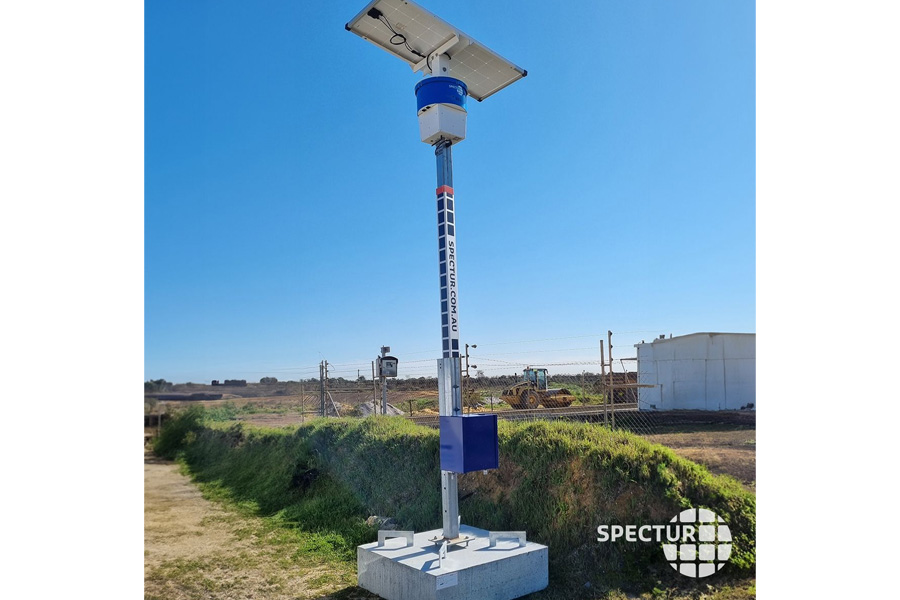The global shift toward renewable energy has created a pressing demand for innovative solar technologies. Traditional solar panels, while effective, have limitations, particularly in capturing all available sunlight. This is where bifacial solar panels come into play, offering a solution that maximizes energy output by utilizing sunlight from both sides of the panel. But do bifacial solar panels truly double the efficiency? Let’s explore the benefits, applications, and potential of bifacial technology in the solar industry and also solceller.
What are Bifacial Solar Panels?
Bifacial solar panels are a type of photovoltaic (PV) panel that captures sunlight on both the front and back sides. Unlike conventional monofacial panels, which only have a single active side, bifacial panels are designed with a transparent or semi-transparent back sheet that allows sunlight to pass through and reach the cells on both sides. This two-sided functionality enables them to capture not only direct sunlight but also reflected or diffused light from surrounding surfaces, significantly increasing the energy generated per panel.
How Do Bifacial Solar Panels Work?
Bifacial solar panels are typically installed on elevated structures, allowing sunlight to bounce off the ground and reach the underside of the panels. The amount of additional energy generated depends on several factors:
1. Albedo Effect:
This is the measure of how much sunlight a surface reflects. For instance, white surfaces or snow-covered areas have high albedo, reflecting more sunlight that bifacial panels can capture.
2. Angle and Height of Installation:
Elevating the panels allows more sunlight to hit the underside, boosting overall output. Optimizing the tilt angle can further maximize energy capture from both sides.
3. Location and Climate:
Sunlight intensity, ground surface properties, and weather conditions influence the performance of bifacial panels. Regions with high direct sunlight or reflective surfaces are ideal for bifacial installations.
Key Benefits of Bifacial Solar Panels
1. Increased Energy Generation
One of the most significant advantages of bifacial solar panels is their ability to capture sunlight from both sides, which can lead to a substantial increase in energy production. Depending on the installation environment, bifacial panels can deliver 10-30% more energy than traditional panels. This added generation capacity makes them particularly appealing for large-scale installations and energy-intensive applications.
2. Higher Efficiency and Performance
Bifacial panels generally have a higher efficiency rate compared to monofacial panels. By utilizing both direct and reflected sunlight, they can perform better under low light conditions and during sunrise and sunset when the sunlight angle is less direct. This means that bifacial panels can maintain consistent performance throughout the day, reducing the likelihood of energy dips.
3. Enhanced Durability and Longevity
Bifacial solar panels are often made with glass on both sides, unlike traditional panels with a back sheet made from materials such as plastic. This dual-glass design not only increases durability but also enhances resistance to environmental factors like moisture, wind, and UV exposure. As a result, bifacial panels tend to have a longer lifespan, with warranties often covering up to 30 years, providing a more sustainable and long-term energy solution.
4. Optimized Space Utilization
With bifacial technology, each panel produces more energy, allowing solar farms and rooftop installations to maximize energy output per square meter. This is beneficial in areas where space is limited, such as urban rooftops, or in large-scale solar farms where maximizing efficiency is essential to meet energy targets.
5. Reduced Levelized Cost of Energy (LCOE)
The increased energy output per panel translates to a lower levelized cost of energy, or LCOE, which is the average cost of generating one unit of electricity over the panel’s lifetime. With bifacial panels producing more energy, the LCOE decreases, making solar projects more financially viable and competitive with other energy sources.
6. Enhanced Aesthetic Appeal
The transparent or semi-transparent nature of bifacial panels gives them a sleek and modern look, making them an attractive option for commercial buildings and modern architecture. For businesses and homeowners alike, bifacial panels can be an aesthetically pleasing addition to the environment.
Applications of Bifacial Solar Panels
The flexibility and efficiency of bifacial solar panels make them suitable for various applications:
1. Solar Farms
Bifacial panels are ideal for solar farms, where space allows for elevated installations and the ground surface can be optimized for reflectivity. Installing bifacial panels at solar farms can significantly increase the overall energy yield, providing an efficient solution for large-scale energy needs.
2. Rooftop Installations
On flat rooftops, bifacial panels can be raised slightly off the surface to capture reflected sunlight, especially on white or reflective rooftops. For urban areas, this technology maximizes power output from limited rooftop space.
3. Floating Solar Installations
Bifacial panels are increasingly being used in floating solar farms. Water reflects sunlight well, creating an ideal setup for bifacial panels to capture reflected light from the water surface, thus enhancing energy generation.
4. Commercial and Industrial Facilities
For businesses aiming to cut down on energy costs and reduce their carbon footprint, bifacial solar panels provide a practical solution. In parking lot canopies, bifacial panels can harness light from both sides, producing power for the facility and offering shade for parked vehicles.
5. Residential Settings
While less common in residential areas, bifacial solar panels are a viable option for homeowners who want to maximize energy output and aesthetic appeal. Elevated installations on patios, pergolas, or flat roofs are effective ways to capture sunlight from both sides, boosting energy production.
Do Bifacial Solar Panels Truly Double Efficiency?
While bifacial solar panels offer increased energy output, they do not necessarily double efficiency. Factors such as installation height, angle, and the albedo effect influence how much extra energy can be captured. In ideal conditions with high reflectivity, bifacial panels can achieve up to 30% more energy than traditional monofacial panels, which is a considerable boost but not a complete doubling of efficiency.
Considerations When Installing Bifacial Solar Panels
1. Initial Cost and Return on Investment (ROI)
Bifacial solar panels are generally more expensive than traditional panels due to their advanced design and materials. However, the increase in energy output and extended lifespan can make them a cost-effective choice in the long term. For larger projects, the ROI from bifacial panels may be reached faster than with conventional panels.
2. Installation Design and Ground Surface
To maximize bifacial panel efficiency, installers need to carefully consider factors such as panel height, angle, and surrounding ground surface. High-albedo surfaces like gravel, light-colored roofs, or reflective coatings can amplify energy capture from the rear side, boosting overall output.
3. Maintenance Needs
Bifacial panels generally require minimal maintenance, similar to traditional panels. However, in environments with high dust or debris, regular cleaning is essential to maintain both sides’ efficiency.
4. Climate and Location
Areas with abundant sunlight and high reflective surfaces are ideal for bifacial solar panel installations. For example, regions with snow-covered ground in winter can see a significant performance boost as snow acts as a natural reflector.
The Future of Bifacial Solar Panels
As the demand for sustainable and renewable energy continues to rise, bifacial solar panels are likely to play a critical role in the transition to clean energy. Technological advancements are expected to make bifacial panels more accessible and affordable, encouraging wider adoption across residential, commercial, and industrial sectors.
The shift to bifacial technology reflects the solar industry’s commitment to maximizing efficiency and reducing the environmental footprint. By capturing sunlight from both sides, bifacial panels present an innovative solution for enhancing solar energy generation and reducing reliance on fossil fuels.
Conclusion
Bifacial solar panels offer numerous advantages, from increased energy generation and higher efficiency to durability and aesthetic appeal. While they may not double efficiency outright, the 10-30% energy boost can make a significant impact, especially for large-scale applications. As solar technology advances, bifacial panels are set to become an increasingly viable and popular choice for those looking to optimize their solar energy systems.
With careful installation and consideration of environmental factors, bifacial solar panels provide a sustainable and efficient way to harness more solar energy—ultimately contributing to a greener, more resilient future.



